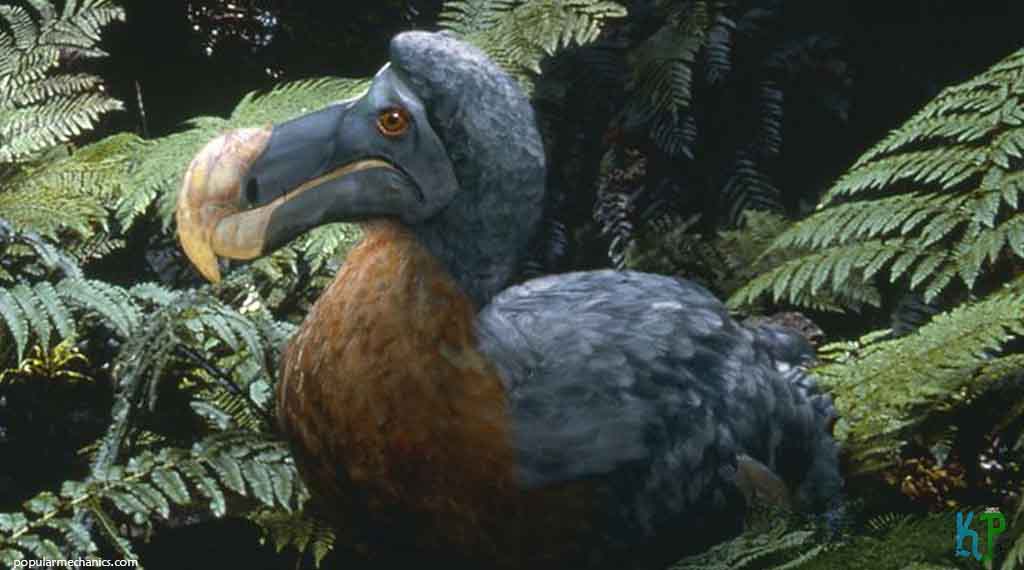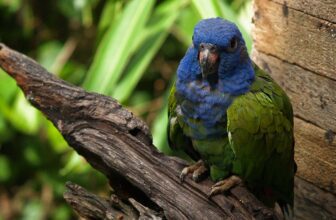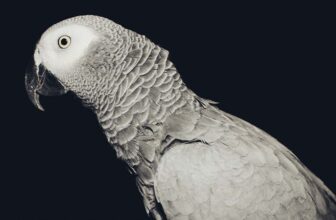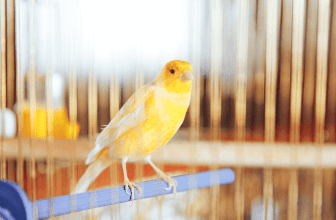You have likely heard people say “as dead as a Dodo” at some point in your life. Well, that phrase was inspired by the disappearance and extinction of the Dodo bird from Earth still being used as a phrase to describe the extinction of a species.
The abrupt and unforeseen disappearance of this bird species teaches humans lessons about handling other vulnerable and unprotected animals that are likely to go into extinction at any moment, and the instability of the island environment and its primitive species that are already adapted to their different surroundings.
10 mysterious Facts About The Dodo Bird

1. The Island of Mauritius: The Only Place The Dodo Lived
At some point in the Pleistocene period, a group of pigeons lost their way and landed on the Island of Mauritius, dwelling on the Indian Ocean coast situated 700 miles from the eastern part of Madagascar. They grew, adapted to their new surroundings, and kept evolving continuously.
Thousands of years later, this group of lost pigeons evolved into the flightless, terrestrial 3-foot tall Dodo bird weighing around 50 pounds. They were first seen by humans in 1598 when some Dutch travelers showed up in Mauritius. The Dodo birds were last seen in 1662 before they disappeared fully 65 years later.
2. The Dodo Bird Had No Natural Predators
The island the Dodo took residence on was safe and free from all kinds of predators including harmful insects. The birds lived freely without any threat, but all was not as heavenly as it sounds. Without threats, the Dodo failed to develop a protective mechanism or defense as there was no need for it.
When the Dutch travelers showed up, the Dodos didn’t regard them with apprehension or fear, they were just used to the easy life. But while the birds were looking forward to cohabitating and adjusting to life alongside the newly arrived humans, the Dutch settlers intended to hunt and kill them. They were used as meals for their dogs and monkeys as well.
3. Dodo Bird Secondarily Flightless
The Dodo birds were capable of flying in the past and could possibly fly anywhere, but a powered flight required a lot of energy and effort. When they landed on the Island of Mauritius, the peace and calmness of their environment made flying useless and slowly they lost their ability to do so. They were content to stay on the island forever, so their bodies soon evolved their flying ability away.
The term “secondarily flightless” can be used to describe the loss of flying abilities in birds due to evolution. Secondarily flightless can be seen in Penguins, Ostriches, and Chickens as well. It can also be seen in terror birds, the predators of southern American mammals after the extinction of the Dinosaurs.
4. The Dodo Bird Only Laid One Egg At A Time
By the will of nature, species produce as many offspring as will be viable to allow the species to continue to exist. However, in the case of the Dodo bird, no harm came to their young, and while most birds lay multiple eggs mainly in order to have at least one offspring survives, the lack of natural enemies drove the female Dodo to only need to lay one egg at a time, with no predators to disturb it. The estimated gestation period of a Dodo is said to have been 49 days.
Another important factor was that the Dodo built its nest on the ground and surrounded it with grass. One man arrived, and brought feral mammals along (cats, pigs, rats), lots of potentially hungry hunters were now let loose upon the island and its formerly sole residents.
5. Dodo Bird Doesn’t Taste Like Poultry
Considering how they were killed and butchered by the Dutch travelers, the Dodo birds didn’t taste as nice as the hunters may have thought that they would. During that time, food was limited and there was not much to eat so the Dutch travelers tried to cope with the food they had and ate the Dodo birds to curb their hunger while using salt to preserve leftovers. The Dodo birds lived on sweet fruits and nuts as well as other natural plants on their Island. Hence, there was no reason to doubt that the meat of the dodo wouldn’t be tasty.
6. The Nicobar Pigeon Is The Dodo’s Closest Relative
If the Dodos weren’t odd enough, a genetic test was conducted with the preserved specimen kept for observation. It was discovered that the Southern Pacific Nicobar pigeons, much smaller in size, are the closest relative of the Dodo birds still in existence. The Rodriguez solitaire, also among its relatives, can only lay one egg at a time and couldn’t survive when a group of travelers discovered them in the 17th century. Just like the Dodo birds, they are completely extinct.
7. Dodo Bird: The Wallowbird
Over the past years, there has been a lot of confusion regarding the real name of the Dodo. Before its official name “Dodo,” which happened a few years after its disappearance, many travelers who came across them gave them a variety of names. The name “Wallowbird” (“Walghvogel” in Dutch) was given to the Dodo by a Dutch captain while some Portuguese crew called it “Penguin” which might have been a misrepresentation of “Pinion” which means “small wings”. Present philosophers are still confused about the origin of its official name “Dodo” and where it might have been derived from. The name “Dodo”, probably came from the Dutch word “Dodoor” which means “Sluggard” or from the Portuguese word “Doudo” meaning “Crazy”.
8. Dodo Bird Specimens Are Very Rare
The Dutch and Portuguese travelers spent most of their time killing and roasting Dodo birds, but they did send a few of them off to England when they had the time. The journey from the island to England took so long and the majority of the Dodos couldn’t survive the trip. Currently, only a few remains in the Oxford Museum of Natural history, the University of Copenhagen, and the National Museum of Prague prove the existence of these great birds.
9. The Dodo Bird Was A Character In Alice In Wonderland
Another reason why the Dodo birds are well known in most cultures aside from the general phrase “as dead as a Dodo,” is the bird’s brief appearance in Lewis Carroll’s “ Alice’s Adventures in Wonderland” where it performed in a “Caucus Race”. Many believed that it was a representation of the author himself, Lewis, whose original name was Charles Lutwidge Dodgson. This was because he stammered and the first two letters of his last name corresponded with the long-lost Dodo.
10. It Isn’t Impossible For The Dodo Bird To Be Brought Back
Since the Dodos have relatives like the Nicobar Pigeons with similar genetic makeup, it might be possible to carry out a de-extinction process on the extinct species. De-extinction is a scientific process by which dead or extinct species are recreated and reintroduced to the world.
Surrogate parenting might be possible since the DNA can be extracted from the little remains of the Dodo and combined with that of its relative the Nicobar Pigeons. However, other species such as the wooly mammoth or the gastric-brooding frog are much more suitable for the de-extinction process since the dodos are very complicated for a successful de-extinction process.
Conclusion:
In conclusion, the dodo bird remains an enigma, with much of its story shrouded in mystery. The bird’s extinction is a cautionary tale of how human activity can have unintended consequences on the natural world. While we may never know all the answers about the dodo bird, its legacy continues to live on in popular culture and scientific research. As we continue to learn more about this fascinating species, we can honor its memory by striving to protect and preserve the fragile ecosystems that support life on our planet.
Since you arrived till the end of this article means you really enjoyed it, for that reason we suggest to you to check this one: All that you should know about the exotic Great Potoo Bird
Frequently Asked Questions:
Did dodo birds eat rocks?
There is no evidence to suggest that dodo birds ate rocks. Their diet was mainly composed of fruits, seeds, and possibly small animals. They are believed to have gone extinct in the 17th century.
What did dodo birds eat?
Dodo birds were primarily herbivores and their diet consisted of a variety of fruits, seeds, nuts, and bulbs. They may have also occasionally eaten small animals such as insects and crabs. Since they lived in a tropical forest ecosystem, their diet likely varied based on the availability of food throughout the year.






